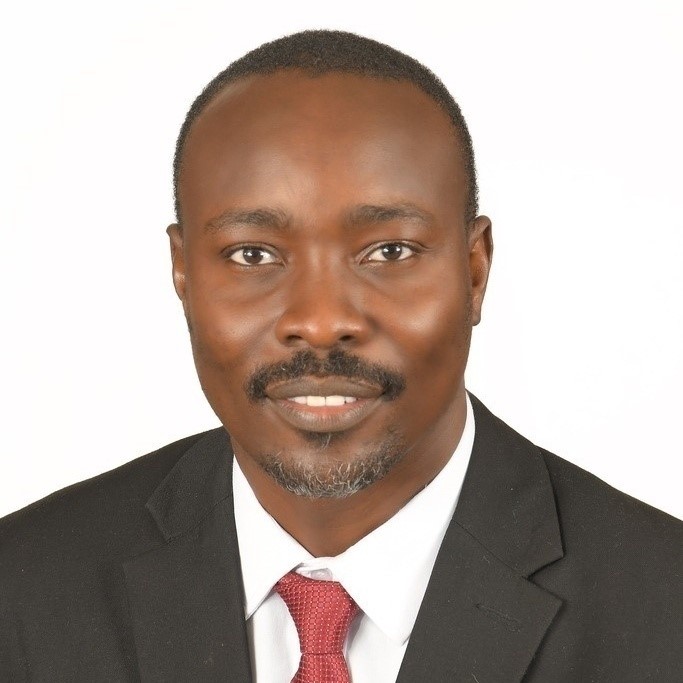6 ways IFAD is helping to prevent the next pandemic
IfadAssetRequestWeb
ناشر الأصول
6 ways IFAD is helping to prevent the next pandemic
المقدر للقراءة دقيقة 8
COVID-19 brought into stark focus the impact pandemics can have on every aspect of our lives, from our health to the economy. Since then, there has been greater investment in efforts to prevent future pandemics, but we can still do more.
The One Health approach is key to improving these efforts. It recognises that human health is tightly linked to both animal and ecosystem health. As the world’s population grows and the climate crises worsens, these links are becoming ever more pronounced.
Sixty per cent of infectious diseases are of animal origin, of which 70 per cent come from wildlife, such as dengue and Lyme disease. The remaining 30 per cent comes from livestock and domestic animals. It is therefore highly likely that the next pandemic will once again spread to humans from wildlife or livestock – and human activity is raising the odds even higher.
Climate change, for example, is increasing the number of ticks and mosquitoes in areas where these disease vectors can be found. This is just one of the large-scale environmental processes that are having a significant impact on both human and animal health.
Meanwhile, as food systems change to keep up with rising demand, ecosystems can suffer unintentional degradation – and infectious disease risk can rise. For example, the expansion of irrigated rice fields in low- and middle-income countries is creating new habitats for mosquitoes carrying malaria. Similarly, expanded livestock production is improving nutrition but increasing the risk of infections spreading from animals to humans, such as tuberculosis transmitted by cattle.
Given the complex interconnections between the health of animals, people and the planet, how can we prepare ourselves for the next pandemic? Here are six ways IFAD’s investments are helping.
1. Reducing animal health risks
Since 2010, IFAD has invested US$6.4 billion in over 100 livestock projects. Many of these aim to keep animals healthy, for example by providing vaccinations and veterinary services. By doing so, they also protect the health of the people working with them.
In Kyrgyzstan, for example, veterinarians on motorbikes treat animals in remote rural locations, while scholarships increase the number of veterinarians and other animal health workers.
In Tanzania, animal health workers in rural communities supplemented lacking public services and contributed to a 69 per cent increase in livestock income for project participants.
And in Afghanistan, the Rural Microfinance and Livestock Support Programme gave 235,000 livestock owners access to animal health services, halving the livestock mortality rate.
| Dr Maksat Usupbaeva, a traveling veterinarian in Kyrgyzstan, consults with a farmer. © LMDP |
2. Strengthening disease prevention and response systems
Rigorous surveillance and diagnosis can help identify diseases early before they can spread between livestock herds. Meanwhile, contingency plans allow for quick response if disease does arise.
These prevention and response systems are particularly critical for transboundary animal diseases like Peste des Petits Ruminants, as well as for diseases that can spread to humans. But they require investment in laboratories and equipment and capacity development.
In Rwanda, the Partnership for Inclusive Small Livestock Markets programme is supporting this by constructing 15 proximity veterinary labs. At the same time, the programme is developing a contingency plan with simulation exercises and a specific fund that could be triggered during an eligible sanitary crisis.
3. Preventing antimicrobial and antiparasitic resistance
As bacteria and parasites develop resistance to medication, both animal and human health are affected. For example, misuse of acaricides on cattle can make ticks resistant and lead to more infections, like East Coast fever in animals and Lyme disease in humans.
To prevent this, we must inform farmers on the appropriate use of antimicrobials and insecticides. Monitoring systems and coordination between farmers and health authorities are also needed.
In Tanzania, the Climate-Smart Dairy Transformation Project will train and equip over 200 animal health workers to strengthen the monitoring and prevention of microbial and parasitic resistance.
4. Protecting ecosystems to prevent pandemics
As the habitats of disease vectors like bats and rodents are destroyed, they are forced to live closer to rural households. That's why conserving biodiversity limits people’s exposure to diseases. Since 2010, IFAD has funded around 200 projects on natural resource management, a fifth of which included livestock activities.
For example, the Amazon Sustainable Management Project in Brazil supports rural people in adopting sustainable forest management practices. This not only results in higher productivity, but also protects biodiversity and critical ecosystem services.
In Lesotho, meanwhile, the Wool and Mohair Promotion Project trained over 8,000 community group members in natural resource management, climate risk management and designing environmental management plans.
5. Addressing social drivers of pandemic risks and responses
Food-borne diseases lead to over 400,000 deaths annually, a third of which are due to animal-source food. Many IFAD projects include nutrition and food safety trainings to avoid contamination, for example by improving food storage and preparation.
With the cooling tanks installed in 89 villages in Türkiye, small-scale farmers finally have a reliable way to keep milk cool. Unpasteurized milk is now analysed and stored properly before it is sold, protecting its taste and safety, while farmers get paid more for their quality milk.
IFAD projects also tackle the barriers to using best practices for animal health, for example in the Climate-Smart Dairy Transformation Project in Tanzania.
| Dairy farmers in Türkiye pour milk into one of their new refrigerated storage tanks. © Yelda Yenal |
6. Financing One Health approaches
Most importantly, we must remember that animals, people and all living organisms share a common home – and that their health is closely interlinked. Investing in a One Health approach is the best way to protect them all together, and thereby prevent future pandemics.
One Health requires systemic and coordinated action, rather than channelling funds into specific areas of pandemic risk and response. Governments, NGOs, development finance organisations and the private sector must all play their part for this holistic approach to be effective.
As an assembler of finance, IFAD supports this coordinated investment – for example, with accreditation to the Pandemic Fund. Joint events like the Ecosystems, Finance & Health Inception Workshop that took place in Kenya this year, attended by 40 experts from science, finance, governments, NGOs and rural communities, further support this collective action.
We all share the same planet, and our health is equally shared. To prevent the next pandemic, it's time we act like it.
تاريخ النشر: 16 مايو 2024
